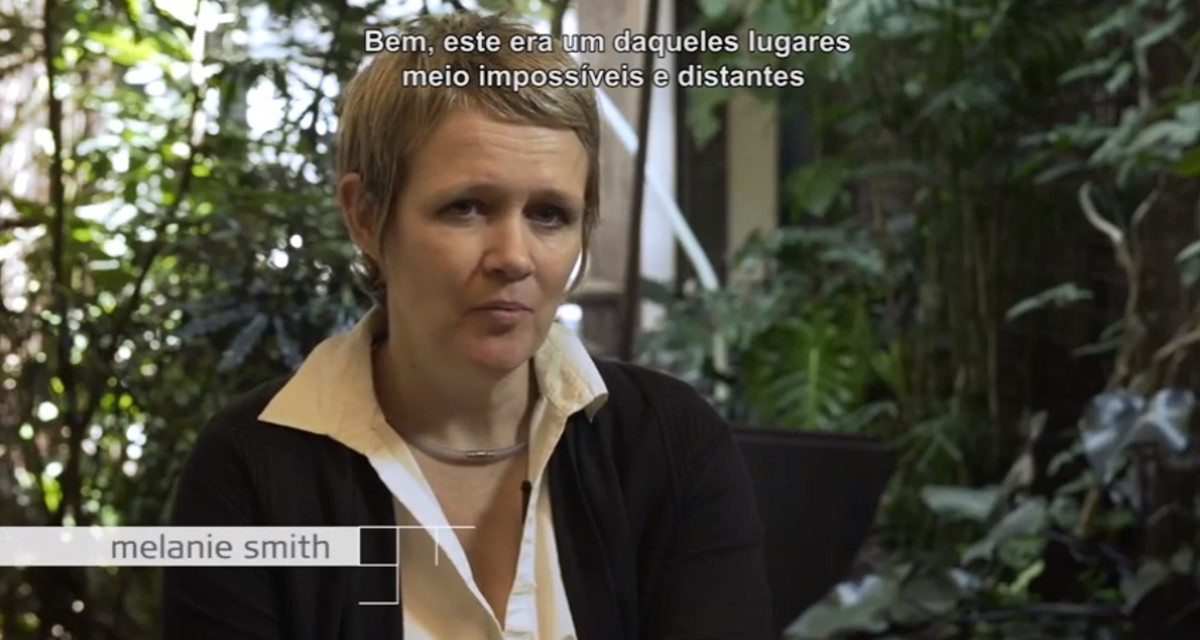The British-born, Mexico City-based artist Melanie Smith showcases the development of her chromatic research work as she addresses the nature-civilization clash. The Fordlandia exhibition, set to run from November 18 to February 1, features a video and several paintings from her more current output.
Fordlandia, the video, takes its name from the 14,000-plus square meter area which Henry Ford (1863-1947), the United States automotive industrialist, purchased in the 1920s in Brazil’s Pará state, along the banks of the Tapajós River. Now a part of the Aveiro municipality, the area was then a city destined to thrive on rubber extraction for making tires for Ford’s cars, an alternative to latex extracted in Malaysia.
Due to culture clash between native workers and American executives, the barrenness of the soil and the foreigners’ inexperience in rubber tree farming, the venture proved a complete disaster. As a consequence, the area, which was supposed to become a thriving city, was left abandoned, the ruins of buildings gradually overrun by the dense vegetation.
In her pictorial research, whose primary focus is the use of color, Melanie Smith appropriates a gamut of shades of green and the forest emerges as a thick, sovereign mass, devoid of the conciliatory approach that drives current eco-friendly thinking. In Smith’s paintings, the forest does not yield to human whims; it is, first and foremost, a mammoth living organism.
The video opposes green tones and elements such as trucks, aged concrete and roads carved into the forest, which, instead of bowing down to man’s civilizing impulse, imposes itself in its power to resist and reintegrate. Being in the forest means letting go of culture’s totalitarian impulse in the constant struggle for adaptation between natural and urban characteristics.
